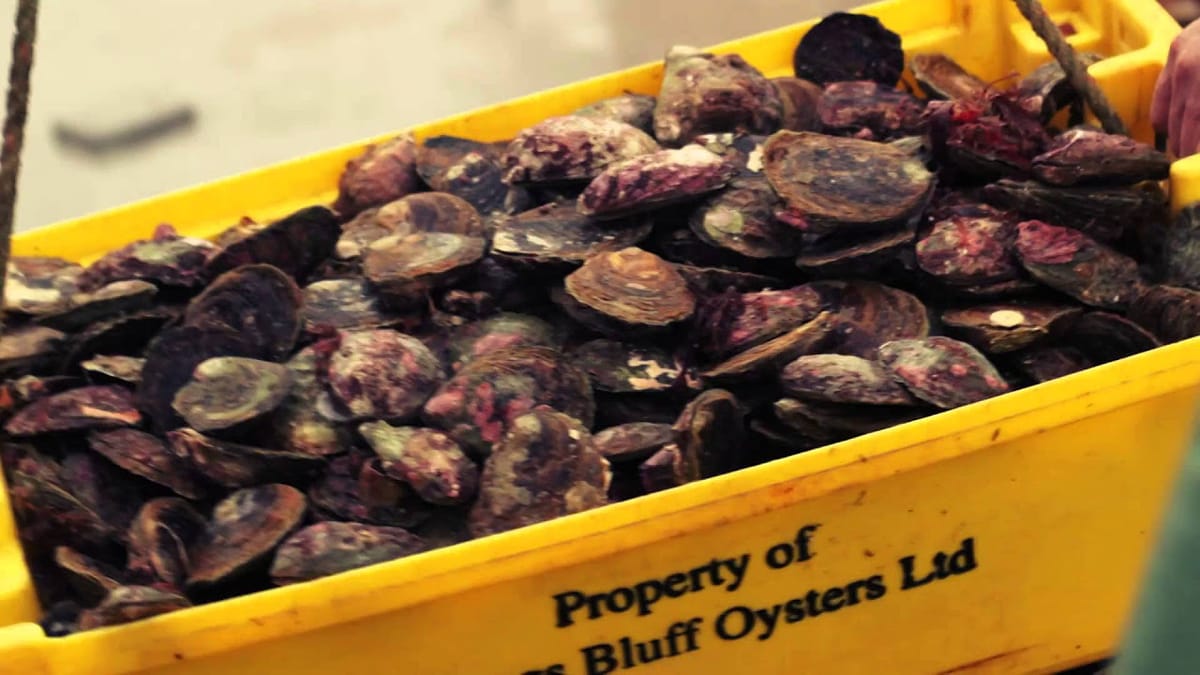The latest testing of the Bluff wild oyster fishery shows no sign of Bonamia ostreae, says the Ministry for Primary Industries.
The testing was part of MPI’s surveillance programme for the invasive parasite, says MPI Director of Readiness and Response Geoff Gwyn.
“This is great news for the local industry and everyone involved in the response,” says Mr Gwyn.
“The results suggest the removal of farmed oysters from Big Glory Bay and Marlborough was the right thing to do in terms of reducing risk of the parasite spreading to the wild oyster populations.”
Bonamia ostreae was discovered in Stewart Island waters in May, resulting in MPI’s decision to remove all farmed flat oysters in Big Glory Bay and Marlborough to prevent further spread.
The latest surveillance round targeted wild flat oyster fisheries throughout New Zealand, including areas that hadn’t been surveyed before. No sign of the parasite was discovered in any of the areas.
“Continued surveillance will ensure the ministry can move quickly if a new infection appears in the future,” says Mr Gwyn.
MPI has increased its surveillance frequency of the Foveaux Strait fisheries from 6 to 3 months. The next round is scheduled for December and January.
Bonamia ostreae can be fatal for flat oysters. It has been in New Zealand since at least 2015, when it was detected in the Marlborough Sounds and Nelson.
MPI and Stewart Island farmers completed the removal of oyster lines from Big Glory Bay on 6 September. Removal operations in Marlborough are continuing.

